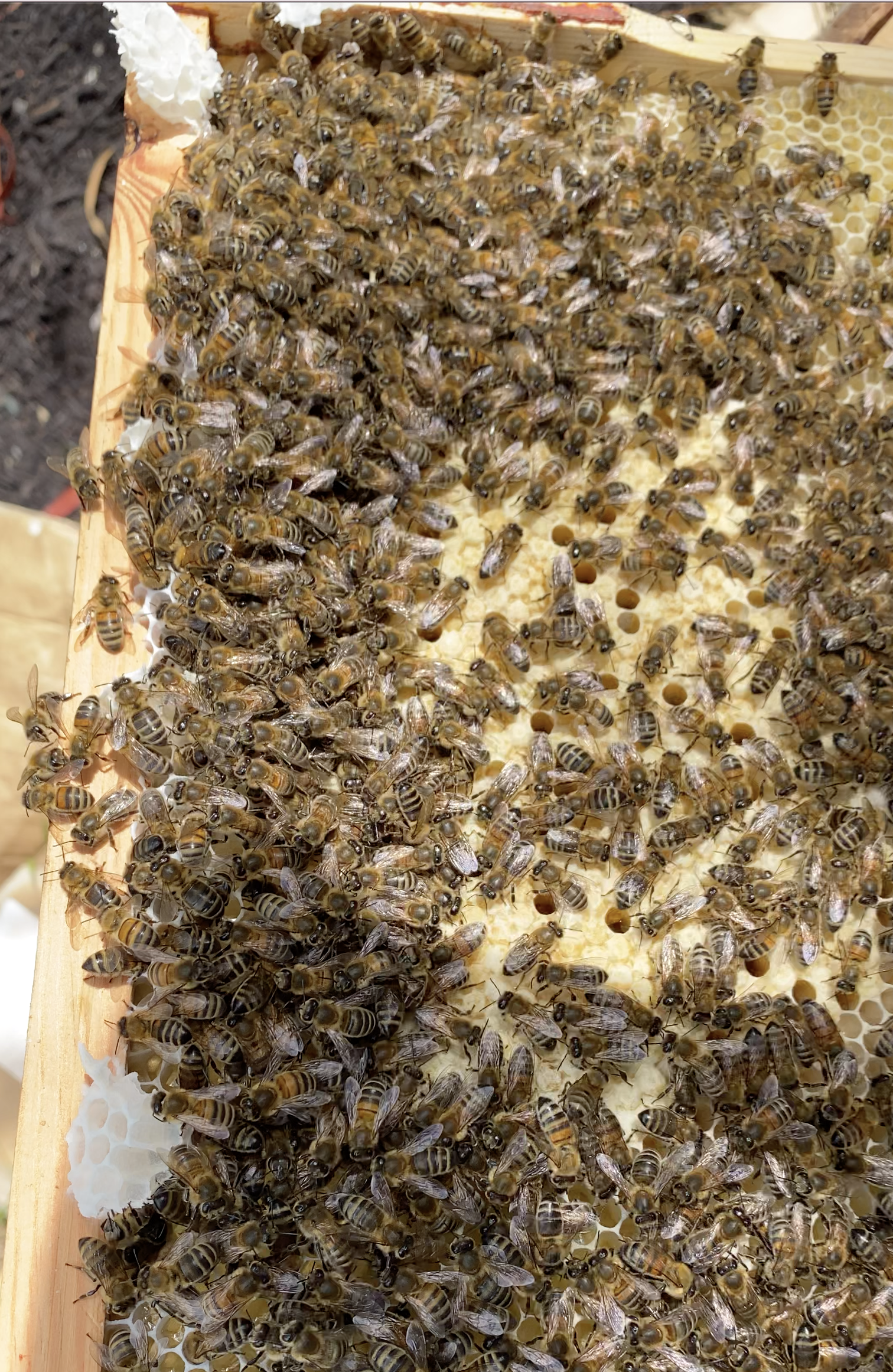Hello, I'm looking forward to reading through the forum over the course of the next couple of weeks, there's so much information here!
I got my first bees three weeks ago, and they came with the parts to make two national hives (14x12 brood boxes, which threw me. I ordered normal frames to fill the box. Lesson learned – always check before buying).
I've since had to merge them when one lost its queen. They were both small, only on two frames each and I really want them strong enough to survive the winter. I don't expect any honey this year. I checked them this morning and they're going great guns. Loads of brood and drawing the combs nicely.
I've just bought about 5-6 hives' worth of secondhand bits and pieces. This is addictive! I'm planning on spending the winter cleaning, sterilising and refurbishing them.
I got my first bees three weeks ago, and they came with the parts to make two national hives (14x12 brood boxes, which threw me. I ordered normal frames to fill the box. Lesson learned – always check before buying).
I've since had to merge them when one lost its queen. They were both small, only on two frames each and I really want them strong enough to survive the winter. I don't expect any honey this year. I checked them this morning and they're going great guns. Loads of brood and drawing the combs nicely.
I've just bought about 5-6 hives' worth of secondhand bits and pieces. This is addictive! I'm planning on spending the winter cleaning, sterilising and refurbishing them.
Last edited:














































